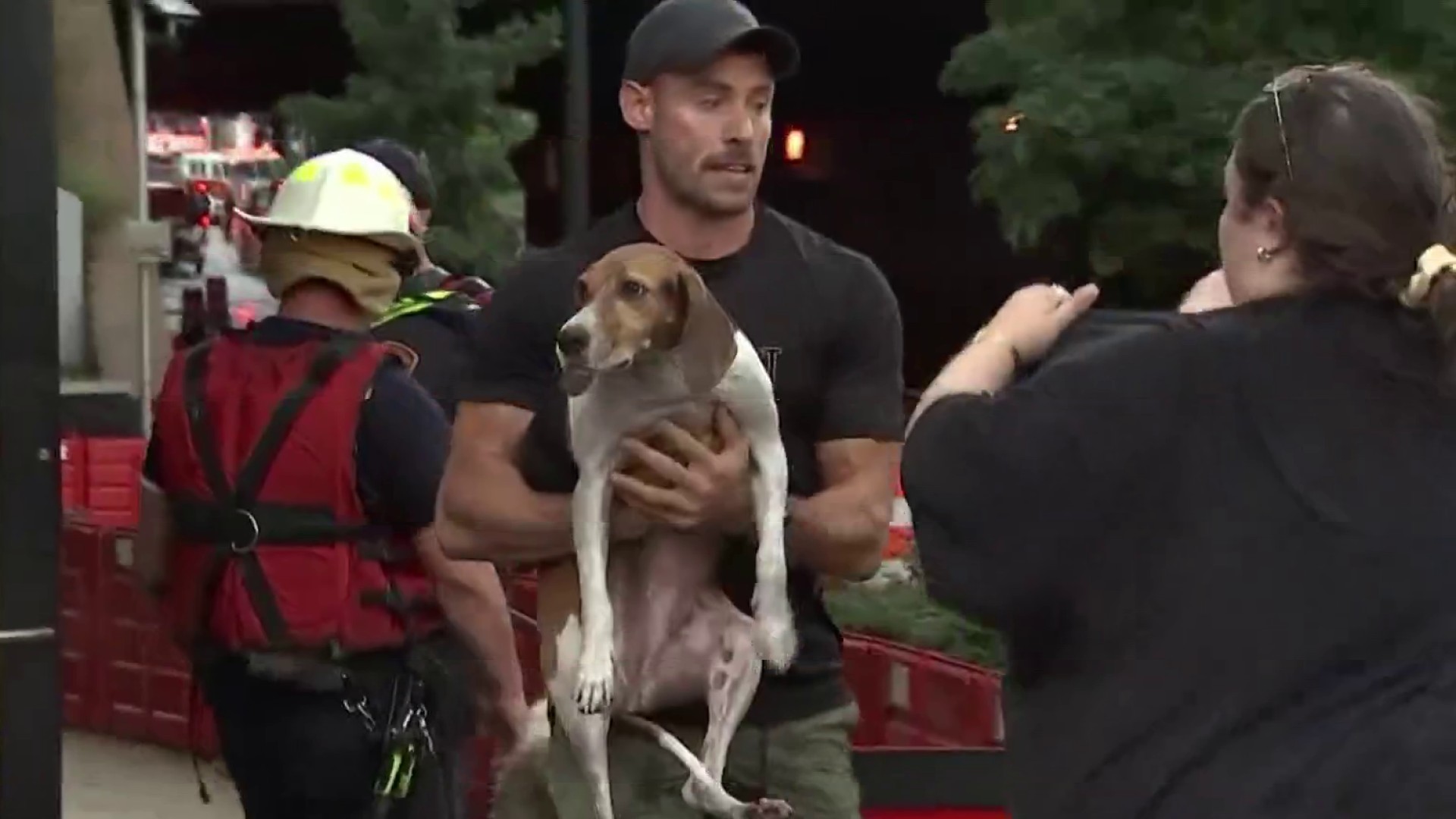Thousands of local families are struggling to put food on the table, according to the Capital Area Food Bank’s annual Hunger Report.
“Children are affected. Seniors are affected. Working adults are affected,” Radha Muthiah, the president and CEO of the Capital Area Food Bank, said.
According to the report, 32% of those living in the greater Washington area have experienced food insecurity in the past year. That area includes the District of Columbia; Montgomery and Prince George’s counties in Maryland; Fairfax, Arlington, and Prince William counties in Virginia; and the city of Alexandria, Virginia.
The report also found that the percentage of people experiencing food insecurity is practically unchanged since before the pandemic, when the percentage was at 33%.
We're making it easier for you to find stories that matter with our new newsletter — The 4Front. Sign up here and get news that is important for you to your inbox.
Muthia said some groups are impacted more than others: “Forty-seven percent of those who identify as Black identified as being food insecure. Fifty-two percent of those who identify as Hispanic identified as being food insecure, and that's versus 14% who identify as white and are food insecure.”
Heather Thomas lives in Fairfax with her husband and their four children. She never thought her family would need to ask for help putting food on the table.
Local
Washington, D.C., Maryland and Virginia local news, events and information
“It's been very challenging. We've had to rely on food banks. We've had to rely on food stamps,” Thomas said. “We were always ones that were helping to donate to food banks.”
Thomas said at one point, her oldest son stopped eating so there would be enough for his siblings.
“It's been very, I think, hard on all of them. They notice because they'll notice, like when we go to serve dinner, ‘Mommy, aren't you going to eat?’ There's been times that I haven't eaten, because you want to make sure that they get to eat,” she said.
Back at the Capital Area Food Bank’s warehouse, Muthia points to inflation and cuts in federal subsidies to programs like food stamps that have forced more families to seek help. While the problem is across the DMV, some areas are being hit harder.
“This year we saw a range at the county level of food insecurity being as low as 17% in Arlington and then as high as 45% in Prince George's County,” Muthia said.
And it's not only low-income families who are affected.
“One in five people who are food insecure earned $120,000 as a family. You wouldn't think that someone would be food insecure earning that level of income. But honestly, if you start to add it up, as our clients do, the cost of rent, the cost of transportation, childcare, those things are quite fixed. And then what's the squeezable part of your budget? Food,” Muthiah said.
For Thomas, getting past the guilt or stigma of asking for help was a challenge she sees other families facing.
“We as a society need to stop shaming people for needing that assistance, because it could be any one of us at any given time,” she said.
There are no qualifications for receiving free food at most food bank locations.
In March, the federal government ended pandemic-era SNAP benefit increases.



